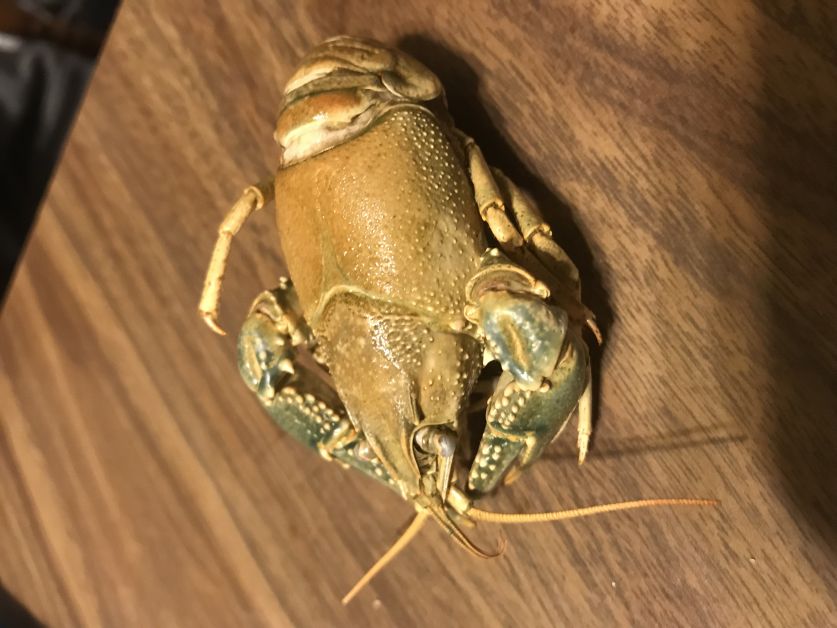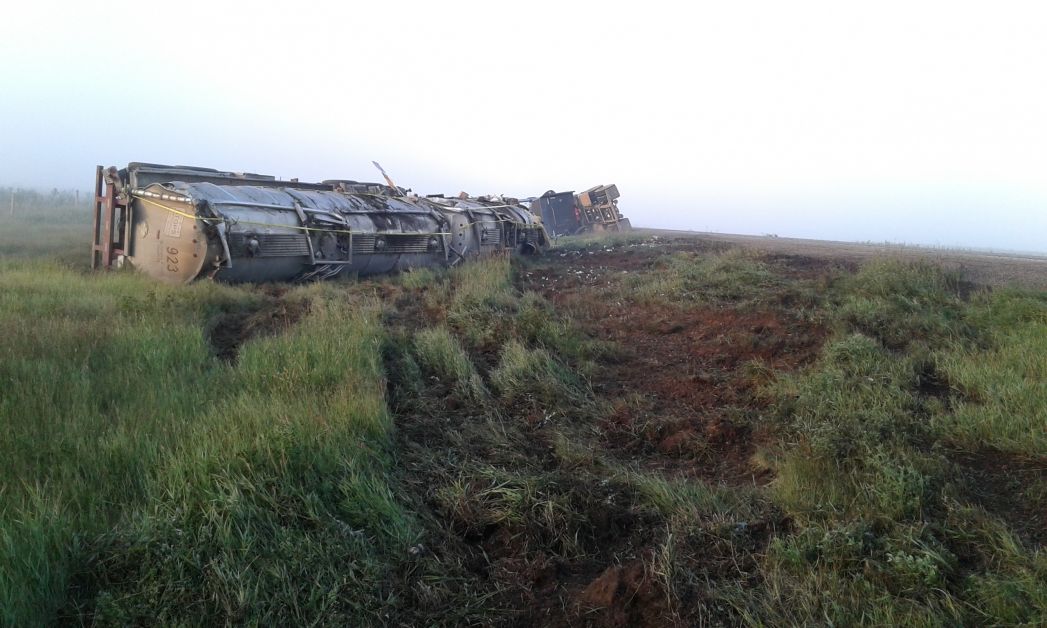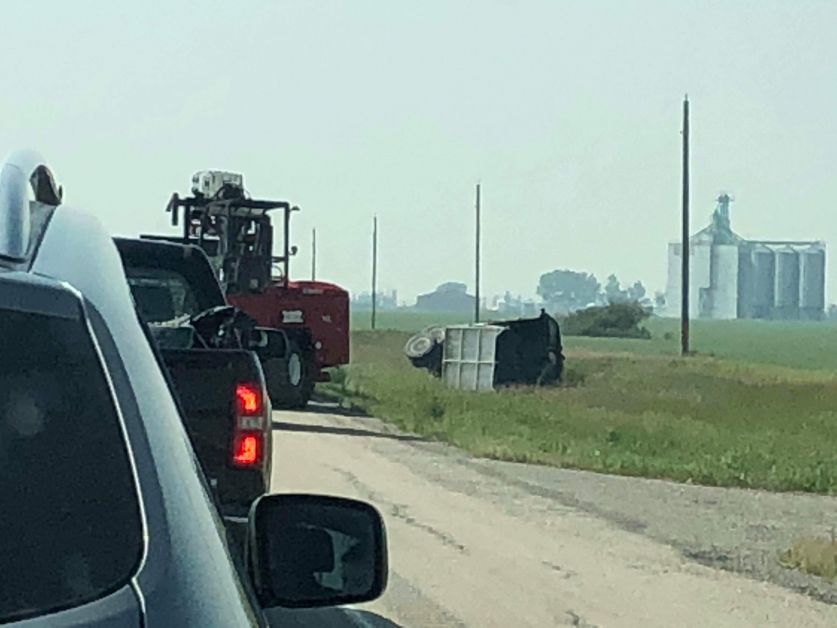
The Red Deer River is a great place to be enjoyed by anglers, swimmer and boaters alike, but lately, it has had some visitors who are not all that welcome.
Mail readers have brought reports of finding crayfish in the river. Resembling a small lobster, the crayfish are native to Alberta, but not the Red Deer River and this could be a concern.
“Northern or Virile Crayfish are native to Alberta, but they are native to the Beaver River Watershed, the Bonnyville, Cold Lake area,” explains Tania Rushcall, aquatic invasive species biologist for Alberta Environment. “That is where they are meant to be. There is natural range expansion, so they are moving naturally through connected waters, but they are also being found in other places around the province like the Red Deer River, likely due to people moving them.”
This could be people catching them and using them for bait or moving them unknowingly.
“I think they are being assisted by us,” she said.
She explains that the rules for using bait are that you are not supposed to be using live bait and you are not supposed to using bait from other water bodies.
“You can use some other forms of bait as long as there is not a bait ban from where you are fishing. Unfortunately, if they are using crayfish for bait, it sounds like they are using them live and not from that water body,” she said.
She says they are not sure the kind of impact there is introducing crayfish into other Alberta watersheds, but like any non-native species, there is a risk.
“Crayfish haven’t been extensively studied so we don’t really know the specific ecological impact but we do know anecdotally these crayfish are quite prolific. Their population sizes are getting quite large very quickly and that does pose a concern for us,” Rushcall said.
“Crayfish feed on a wide range of plants, invertebrates, tadpoles, and small fish. So if they are overly abundant in an area, there could be invasive predation on some of our native species,” she said.
She says outside of the Beaver River Watershed, people are allowed to catch crayfish, and often they are eaten.
“You are allowed to catch them by angling, dip net, seine net, and catching them by hand. These are expanded methods as of this year in the sports fishing guide,” she said. “So if you want to catch them and have a crayfish boil you are more than welcome to.”
This is not the only animal in the water of the Red Deer River that is of concern. The Prussian Carp has gained a foothold in the river. This is a wild species of goldfish.
“It is just Alberta and Saskatchewan that have these fish in North America. They were brought here by people and were likely introduced for angling opportunity or for food,” she said. “They do breed very rapidly. When we do find them, we find them in large densities.”
She says they are prolific because they have a unique way of reproducing.
“They can spawn multiple times per season, and on top of that, Prussian Carp are able to reproduce by what is called gynogenesis. That is where the female Prussian Carp can lay their eggs and then they can be fertilized by other cyprinid or minnow species. It triggers cloning. The eggs will develop as a clone of the mother,” she said.
She says they are seeing effects of the fish in just a few years of it being introduced.
“With Prussian Carp, one thing we are saying, if you catch it, kill it. We ask that you don’t put them back alive.”






























